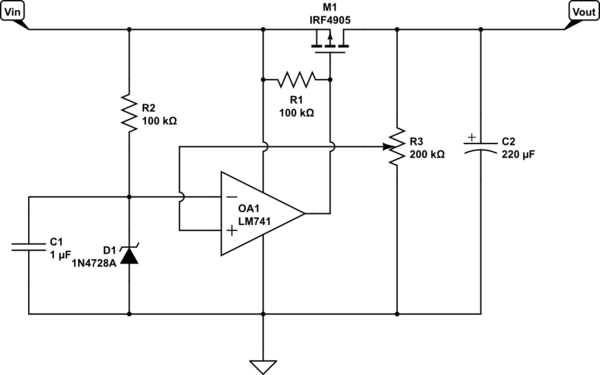
How to Test an LDO Voltage Regulator
Linear Regulated Voltage Regulators are used to provide a stable and constant output voltage regardless of changes in input voltage or load. Low Dropout (LDO) Regulators are a type of linear voltage regulator that offer a low voltage drop between the input and output voltage, making them ideal for battery-powered applications.
Testing an LDO Voltage Regulator is essential to ensure that it is operating within specifications and providing the required output voltage. In this article, we will discuss how to test an LDO Voltage Regulator accurately and effectively.
1. Identify the Pinout and Specifications
Before testing an LDO Voltage Regulator, it is essential to identify the pinout and specifications of the device. Refer to the datasheet of the regulator to determine the input voltage range, output voltage, and maximum current rating. Make sure to connect the pins correctly during testing to avoid damaging the device.
2. Setup the Test Bench
When testing an LDO Voltage Regulator, it is crucial to have a proper test bench setup. Use a variable power supply to provide the input voltage to the regulator and connect a multimeter to measure the output voltage. Ensure that the power supply and multimeter are calibrated and accurate for reliable test results.
3. Power Up the Regulator
To test the LDO Voltage Regulator, power up the device by applying the input voltage within the specified range. Use caution while applying power to prevent short circuits or overloading the device. Verify that the regulator is operational by checking for any signs of overheating or malfunction.
4. Measure the Output Voltage
Once the LDO Voltage Regulator is powered up, use the multimeter to measure the output voltage. Compare the measured voltage with the specified output voltage in the datasheet. A deviation of more than a few millivolts could indicate a faulty regulator or incorrect connection.
5. Load Regulation Test
To test the load regulation of the LDO Voltage Regulator, apply different load currents and measure the output voltage. The output voltage should remain stable within specifications as the load changes. Any significant deviation could indicate poor load regulation or instability in the regulator.
6. Line Regulation Test
Perform a line regulation test by varying the input voltage within the specified range and observing the output voltage. The output voltage should not drift significantly with changes in input voltage. A well-regulated LDO Voltage Regulator will maintain a stable output voltage regardless of fluctuations in the input voltage.
7. Thermal Test
Finally, perform a thermal test by monitoring the temperature of the LDO Voltage Regulator during operation. Ensure that the regulator does not exceed the maximum specified temperature limit. Excessive heat could indicate a potential failure or thermal issue that needs to be addressed.
By following these steps, you can accurately test an LDO Voltage Regulator and verify its performance and reliability for your application. Remember to refer to the datasheet and manufacturer guidelines for proper testing procedures and safety precautions.
For more details on testing voltage regulators and other electronic components, consult with a qualified engineer or refer to industry standards and guidelines for best practices.
Was this helpful?
0 / 0